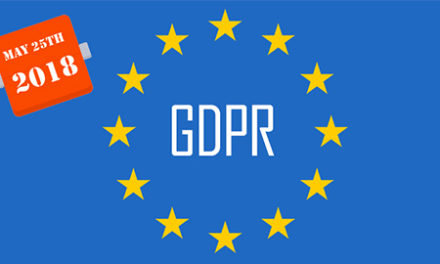I often hear people use the phrase “Ladies and Gentlemen” when addressing an audience (and on train station platforms). Whilst this seems a traditional and accepted way to welcome people, it excludes and marginalises a whole group of people who identify outside of the gender binary. It is a juxtaposition to the ever-evolving landscape of work where whether we like it or not, there is a growing movement in the importance and visibility of gender diversity and non-binary identities.
Data from a OnePoll survey of 2,036 people found that 23% of Generation Z adults in the UK are now identifying with genderless pronouns (e.g. they/them). Leaders need to look beyond the current polarised debates and opinions on gender identity and acknowledge we must appreciate and address these changes. Generation Z is leading the charge and then hot on their heels is Generation Alpha who will enter the world of working in the not-too-distant future. There is already more than a strong inkling that Generation Alpha will embrace gender-neutral pronouns even more. Millennial, Generation X, and Baby Boomers generations are generally still sitting more comfortably with traditionally gendered terms and pronouns (e.g. He/ She).
When we are workforce planning through the next decade and beyond, we must face up to the fact that gendered, and nonbinary identities will coexist and need to thrive together. So how do you prepare your business for the generational impact of genderless identities and a generational divide that may well develop?
- Start the conversation: Encourage open discussions and ensure you create safe-space environments for both the younger and older generations to come together to have these conversations. The fear of getting it wrong is still a major barrier.
- Education is key: Provide educational resources and training on gender identity, and pronoun usage, and include nonbinary identities. This will make a significant difference in your workplace. Understanding that you must equip your workforce with the knowledge to understand and support their colleagues.
- Revisit your policies: Review and update your HR policies to accommodate diverse gender identities. It is highly likely that most of them have been developed with a binary gendered lens. Review your uniform or clothing policies, healthcare and even changing and toilet facilities to ensure that they work for everyone.
- Normalise pronoun sharing: Allow your teams and colleagues to share their pronouns in email signatures, name badges, staff profiles, etc. Make it optional, but encourage those who wish to and educate people about why this is important. Whilst it is a small gesture, it goes a long way in demonstrating respect and support for all our colleagues.
- Collaborate and connect: Work with organisations that support LGBTQ+ communities. Establish internal staff networks and support groups. Actively ensure that senior leaders participate in events promoting gender diversity and inclusivity to normalise and ensure sponsorship.
- Measure progress: It is important to regularly assess the effectiveness of initiatives and efforts. Speak to your team members and listen to their workplace experiences. Be open to course correct your approach based on feedback received and changing circumstances.
We can see many examples of businesses that have successfully embraced gender diversity and have become stronger and more innovative as a result. Major organisations like HSBC and Aviva have adopted gender-neutral options on their forms and provided comprehensive training programmes, which foster not only a more inclusive workplace from a gender identity perspective but also sets the culture across the entire organisation. These companies have recognised that the future of work lies in harnessing the full potential of a diverse workforce, embracing all generations and identities, and then reaping the benefits.
Modern businesses are working towards creating a workplace where everyone feels valued and empowered to contribute to the best of their abilities and where their gender identity is understood and respected. The younger generations are demanding a more inclusive culture and it is important to lead from the front and not be left behind.
Author: Inclusive Culture Expert, Joanne Lockwood, CEO & Founder of SEE Change Happen






